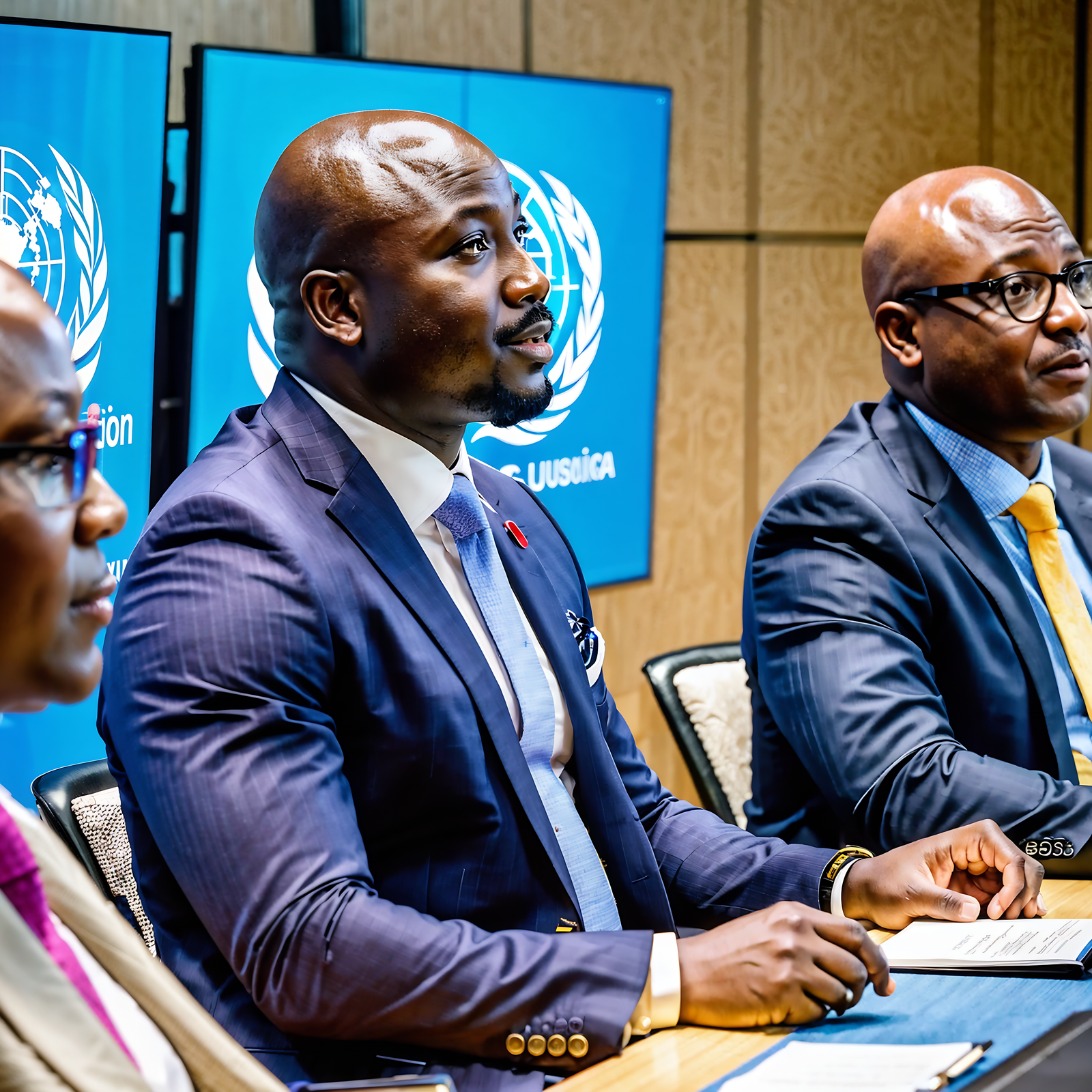Gyaviira Luwaga & Catherine Nakimera
This article was initially published on Glut Consult UK
Pluralistic media systems play a significant role in providing a comprehensive understanding of the root causes of migration, including economic inequalities, political instability, and environmental factors (Jones et al., 2018). Research by the Pew Research Center highlights a common trend in news coverage within the United States, often overlooking the contextual framework behind migration, consequently leading to oversimplified narratives that lack depth and fail to capture the intricate nature of migration dynamics.
Contrastingly, pluralistic media outlets are inclined to delve deeper and offer detailed analyses on the underlying drivers of migration. Noteworthy examples include The Guardian’s “Long Read” series, which showcases extensive articles exploring various causes of migration, such as the influence of climate change and economic disparities on individuals’ decisions to migrate.
Moreover, pluralistic media systems are distinguished by their emphasis on the human aspect of migration, sharing personal stories and struggles to foster empathy and a more nuanced comprehension of migration issues (IOM, 2017). Projects like The New York Times’ “Displaced” and the BBC’s “My Migration Story” underscore the importance of individual narratives in humanizing migration experiences and shedding light on the personal toll of displacement.
By intertwining contextual understanding and personalized accounts of migrants, pluralistic media outlets actively challenge existing stereotypes and cultivate a more informed and compassionate public discourse surrounding migration.
In the realm of representation and inclusion, pluralistic media environments are recognized for their commitment to amplifying diverse voices within migrant communities (Rodriguez & Dimitrova, 2011). Initiatives such as Media Diversified in the UK and the Migrant Media Network in the US advocate for inclusive media representation, contributing to social cohesion and solidarity by addressing underrepresentation and promoting minority voices within media narratives.
Research conducted by the University of California, Berkeley underscores the potential of inclusive media representation in combating stereotypes and biases against migrants, emphasising the transformative power of positive media portrayals in reducing prejudices.
Ethical considerations are paramount in shaping responsible migration coverage within pluralistic media landscapes. Journalistic professionalism, enriched by robust education and training, serves as a cornerstone in mitigating oversimplifications and stereotyping, while prioritising diverse perspectives and providing balanced representations (ICMPD, 2016).
Organisations like the Ethical Journalism Network and the International Organization for Migration (IOM) have developed guidelines and principles for ethically reporting on migration, advocating for accurate and respectful language use, the avoidance of stereotypes, and safeguarding the privacy of migrants to ensure responsible and accurate reporting practices.
While diversity plays a pivotal role in amplifying marginalised voices and expanding perspectives, there persists a deliberate impediment rooted in resource scarcity, power dynamics, and restrictive policies that hinder the effective proliferation of pluralism within the migration discourse. The imperative to not just hear but also embrace differing ideologies and viewpoints in the realm of humanitarian coexistence stands as a critical influencer of global harmony.
In conclusion, the integration of pluralism, ethical journalism, and inclusive representation in media coverage of migration is indispensable for fostering comprehensive and empathetic narratives. By embracing these foundational principles, media outlets can contribute significantly to shaping a more just and equitable society, promoting awareness, understanding, and engagement with the intricate nature of migration dynamics across diverse global landscapes.
References:
- Jones,R.,etal.(2018).Framing migration in the media: A comparison of four European countries.InternationalJournal of Press/Politics, 23(3), 329-354.
- IOM.(2017). Reporting on migration in the digital age. International Organization for Migration.
- ICMPD.(2016).Training manual for journalists on migration reporting.InternationalCentre for Migration Policy Development.
- Ethical Journalism Network.(2018).Principles for reporting on migration.
- https://ethicaljournalismnetwork.org/resource/principles-reporting-migration/
- *Rodriguez,E.R., & Dimitrova, D.V.(2011).Media and migration: A review of the literature and research agenda. Journal of Ethnic and Migration Studies, 37(7), 1137-1157.

